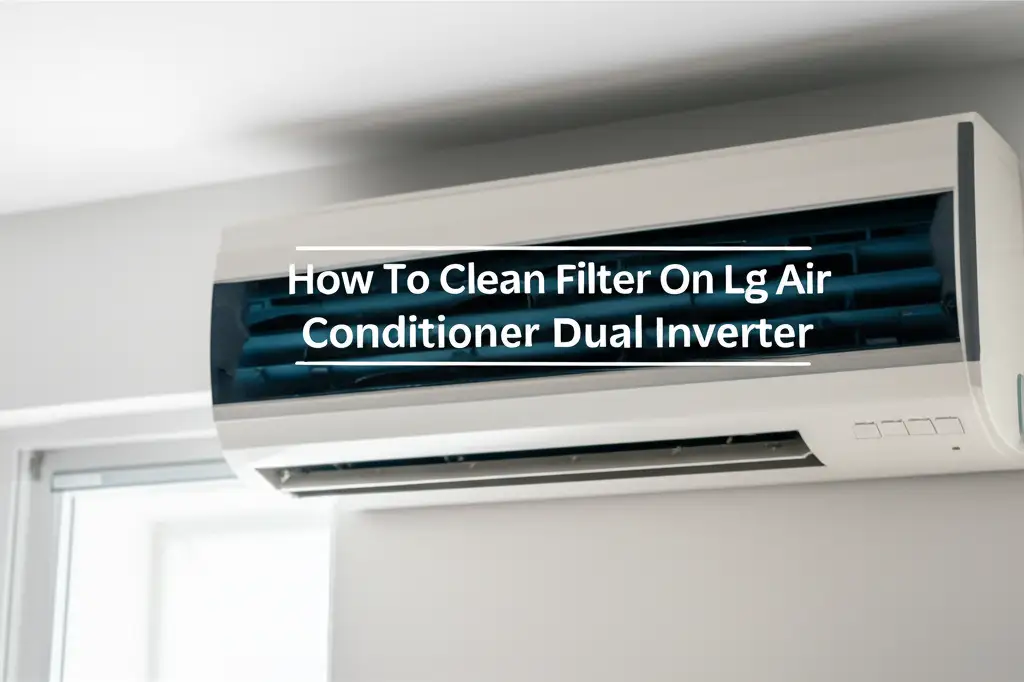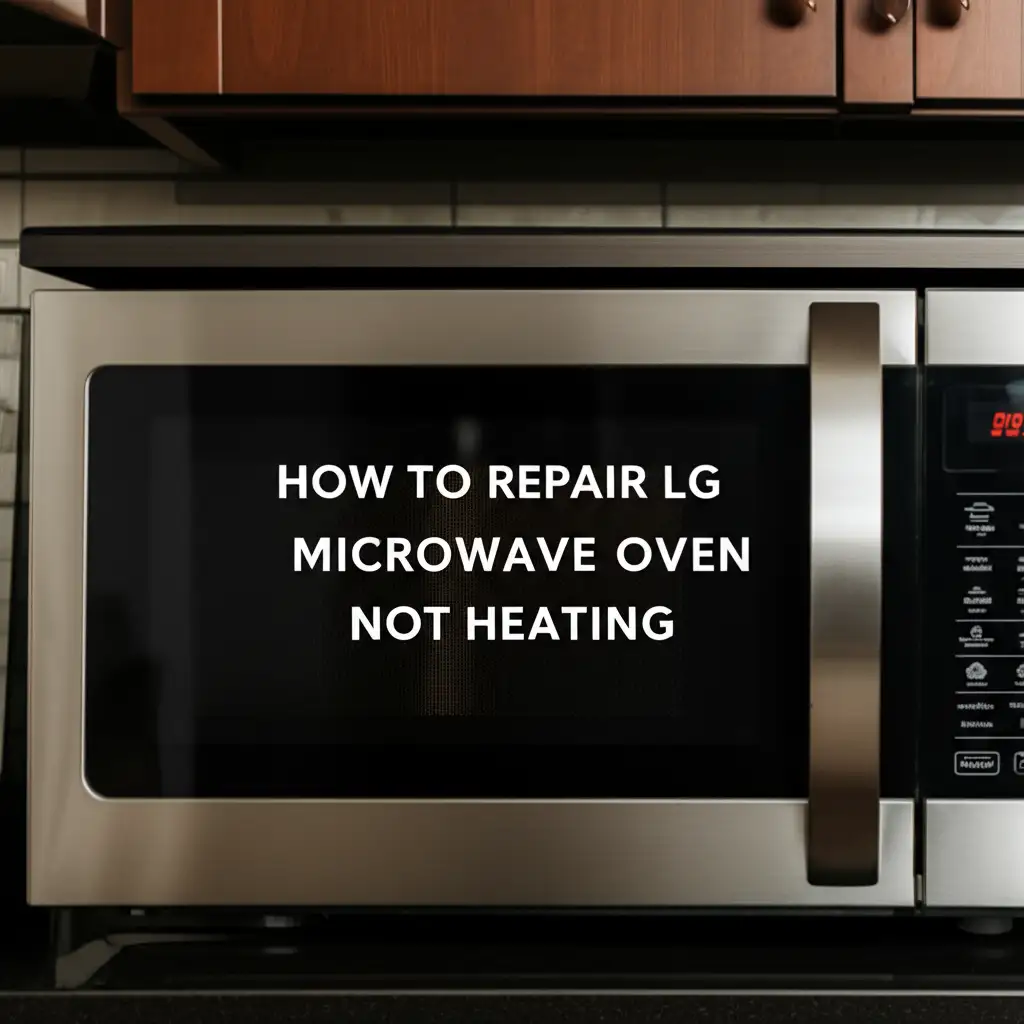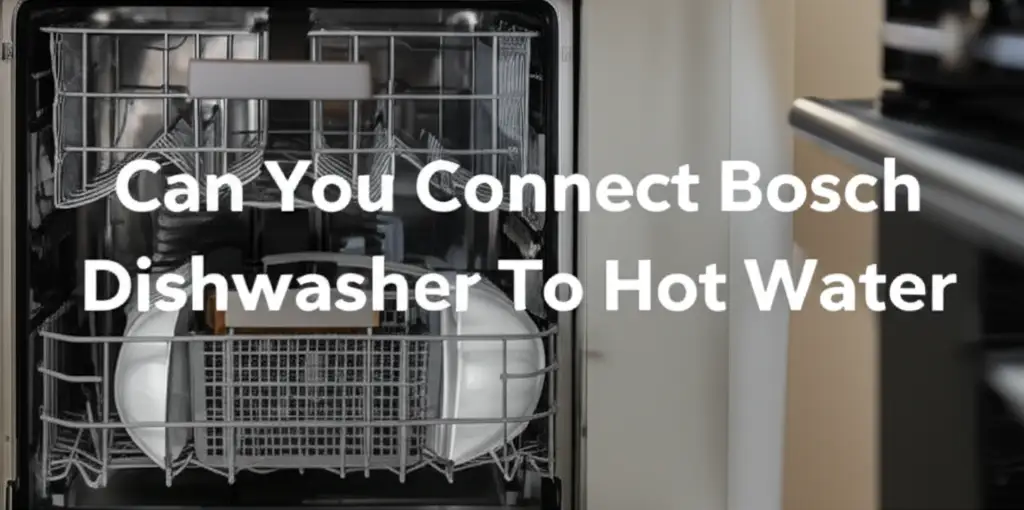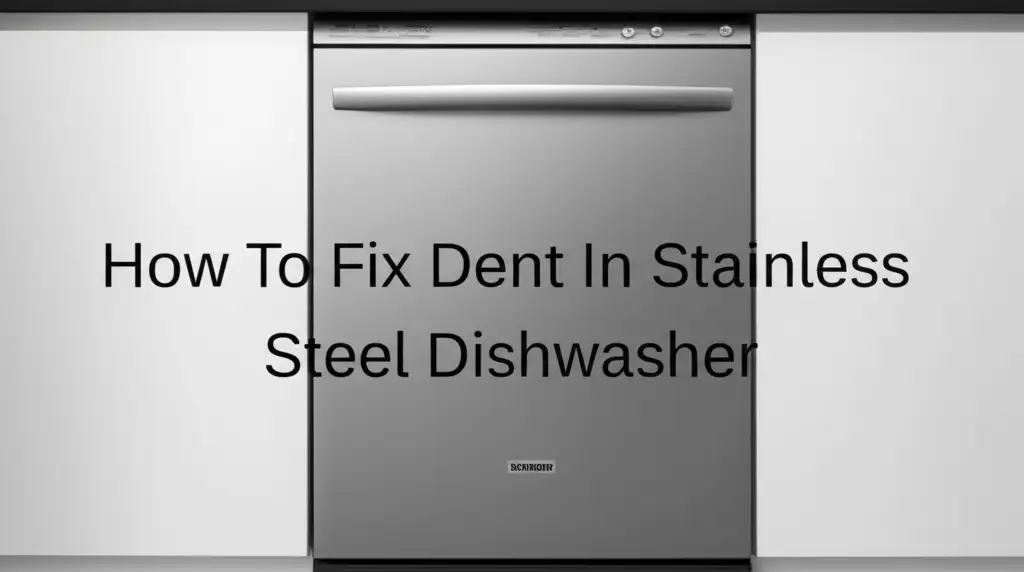· Todd Martin · Home Appliances · 13 min read
Does Portable Air Conditioner Need To Be Vented
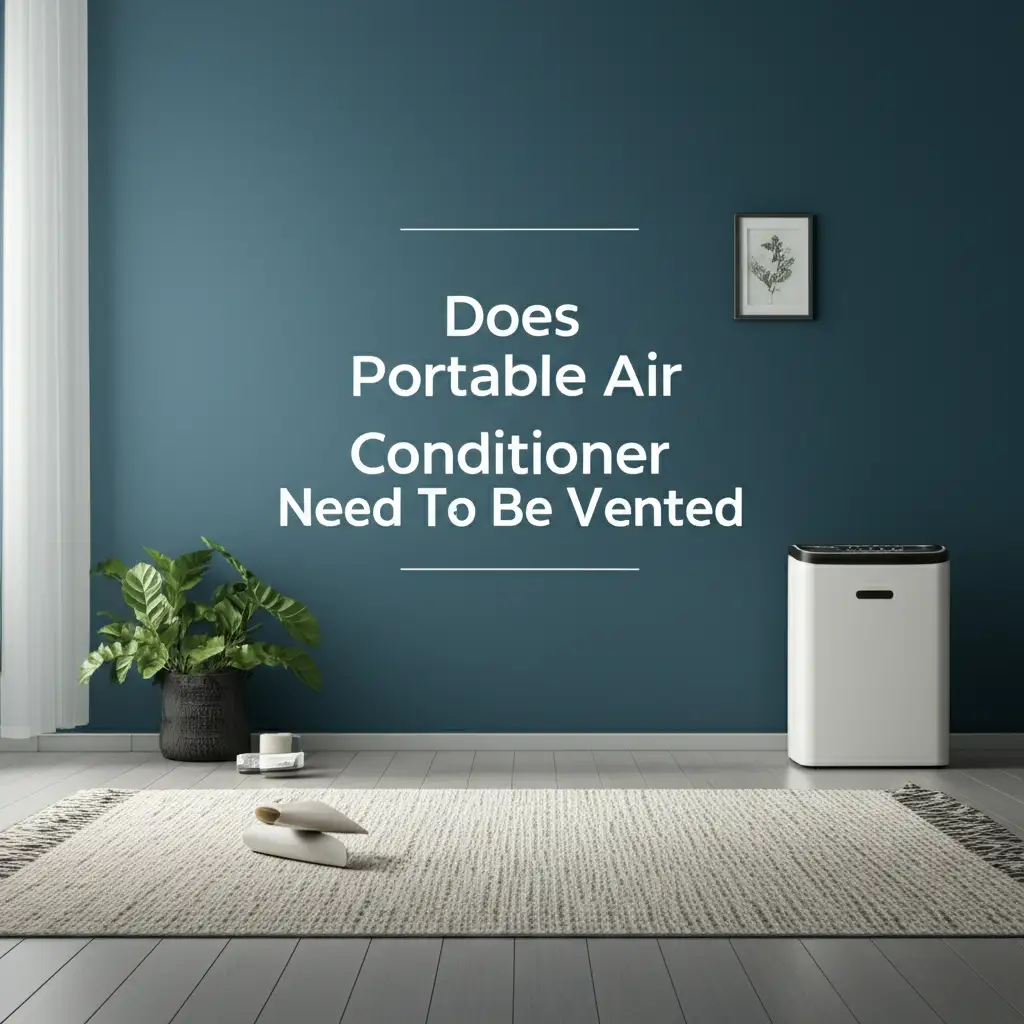
Does Portable Air Conditioner Need To Be Vented?
Many people consider a portable air conditioner for cooling their homes. You might wonder how these units work. A common question arises: “Does a portable air conditioner need to be vented?” The answer impacts how well your unit performs. Understanding venting ensures efficient cooling. I will explain the importance of venting. This article covers how portable ACs remove heat. We will also discuss different venting methods. You will learn about common misconceptions and how to optimize your unit.
Takeaway:
- Most portable air conditioners require venting to expel hot air.
- Venting prevents the unit from re-circulating warm exhaust into the room.
- Proper venting ensures efficient cooling and energy use.
- “Ventless” units, like evaporative coolers, do not cool rooms like true ACs.
A portable air conditioner needs venting. It must send hot air outside. Without venting, the unit puts the heat back into your room. This stops the cooling process. Proper venting is key for a portable AC to cool effectively.
Understanding Portable Air Conditioner Venting
A portable air conditioner cools a room by removing heat. Air conditioning works by transferring heat from one place to another. Your portable AC draws warm air from inside your room. It then processes this air. The unit separates the warm air into cool air and hot air.
The cool air returns to your room. This lowers the room temperature. The hot air is the exhaust. This hot air must leave the room. If it stays inside, your room will not cool down. The venting hose removes this hot air. It sends the heat outside through a window or another opening.
Not venting your portable air conditioner makes it ineffective. The hot exhaust air mixes with the cool air. This keeps the room warm. It also makes your unit work harder. This wastes energy and reduces cooling power. You must vent for proper function.
The Physics of Portable AC Cooling and Heat Exhaust
Air conditioning uses a refrigeration cycle. This cycle involves a refrigerant. The refrigerant absorbs heat from indoor air. It then carries this heat away. Inside the portable air conditioner, a fan pulls in warm room air. This air passes over cold evaporator coils. The refrigerant inside these coils absorbs heat from the air.
The air becomes cool and blows back into the room. The refrigerant, now warm, moves to the condenser coils. Here, it releases the absorbed heat. This heat is what you feel as warm exhaust. This warm air must be expelled. It is sent through the exhaust hose.
This exhaust hose sends the hot air outside. If this hot air remains in the room, it raises the room’s temperature. It creates a cycle of heating and cooling in the same space. This makes the portable air conditioner unable to cool. It also means the unit uses a lot of energy for no benefit.
Single-Hose vs. Dual-Hose Portable ACs: Venting Differences
Portable air conditioners come in two main types based on their hoses: single-hose and dual-hose. Both types require venting. They differ in how they manage airflow. This affects their efficiency. Understanding these differences helps you choose the right model.
A single-hose portable air conditioner has one exhaust hose. This hose expels hot air outside. The unit pulls air from inside the room for cooling. It also uses room air to cool its condenser coils. This process creates negative air pressure inside the room. Air from outside leaks into the room to equalize this pressure. This outside air can be warm or humid. This reduces the unit’s cooling efficiency. It means the single-hose unit has to work harder. This uses more energy to achieve the desired temperature.
A dual-hose portable air conditioner has two hoses. One hose pulls in outdoor air to cool the condenser coils. The other hose expels hot air outside. This design does not create negative pressure in the room. The unit uses outside air for its condenser. This means it does not pull conditioned air from inside the room for cooling the coils. Dual-hose units are generally more efficient. They cool rooms faster. They maintain consistent temperatures better. You can read more about how portable ACs interact with outdoor air here. Both types need their hoses properly vented for best performance.
Consequences of Not Venting Your Portable Air Conditioner
Not venting your portable air conditioner leads to several problems. The most obvious issue is a lack of effective cooling. The unit will simply blow air around. It will not reduce the room temperature. This defeats the purpose of having an air conditioner.
When you do not vent, the hot exhaust air remains inside the room. The unit tries to cool the space. At the same time, it is constantly adding heat back into it. This creates a losing battle against the heat. Your room will stay warm or even become warmer. If your portable air conditioner is not cooling effectively, lack of venting is a primary suspect. Learn more about why your unit might not be cooling here.
Beyond poor cooling, an unvented unit wastes energy. It runs continuously, trying to reach a set temperature. Since it cannot remove heat, it consumes electricity without providing comfort. This leads to higher utility bills. It also puts strain on the unit. Overworking the motor can reduce its lifespan. It might even cause the unit to shut off automatically. This happens to prevent overheating. Find out more about why your portable AC might turn off by itself here. High humidity is another consequence. Portable ACs remove moisture from the air. Without venting, the unit struggles to dehumidify effectively. This can lead to increased condensation and the water tank filling up quickly. Find out more about why this happens here.
Proper Venting Setup for Portable Air Conditioners
Properly venting your portable air conditioner is essential. It ensures the unit cools your space efficiently. Most units come with a window venting kit. This kit includes a window slider, an exhaust hose, and connectors. The process is straightforward.
First, attach the hose to the back of the portable AC unit. Then, connect the other end of the hose to the window adapter. Place the window slider kit into an open window. Extend it to fit the width or height of your window opening. Secure the window adapter into the opening of the slider kit. Close the window tightly against the slider. This creates a seal.
It is important to seal any gaps around the window kit. Use foam insulation strips or duct tape for this. Gaps allow hot outside air to leak back into the room. This reduces the cooling power of your unit. Make sure the exhaust hose is as straight and short as possible. Bends and kinks can restrict airflow. This makes the unit less efficient. It can also cause the unit to overheat. Periodically check the hose for damage. Ensure the connections are secure. Keeping your portable AC clean, including its exhaust system, contributes to its efficiency. Learn how to clean your unit effectively here.
Venting a Portable Air Conditioner Without a Window
Sometimes, you might not have a suitable window for venting. This does not mean you cannot use a portable air conditioner. Several alternative methods exist. These methods require creativity and careful sealing.
One common alternative is venting through a sliding door. Many portable AC kits are adaptable for sliding doors. You use the window slider kit horizontally or vertically, depending on the door. Ensure a tight seal around the kit with foam or tape. Another option is venting through a wall. This method is more permanent. It involves cutting a hole in an exterior wall. You install a wall vent kit. This provides a direct path for the hot air. This option is best for long-term use in a specific room. It may require professional installation.
You can also vent through a drop ceiling. This works well in some basements or offices. You connect the exhaust hose to a ceiling tile. Then, you route the hot air into the ceiling plenum. This area often connects to other spaces or a ventilation system. You must ensure the plenum can handle the heat. For rooms without easy access to windows or doors, a dryer vent can sometimes be repurposed. This is not ideal, as dryer vents are designed for lint. However, with proper cleaning and adaptation, it can work. Always ensure a tight seal to prevent hot air from re-entering. You can find more detailed instructions for venting without a window here.
”Ventless” ACs: A Clarification on Evaporative Coolers
The term “ventless air conditioner” often leads to confusion. True portable air conditioners always need venting. They remove heat by expelling hot air. However, there are devices sometimes called “ventless ACs.” These are actually evaporative coolers, also known as swamp coolers.
Evaporative coolers do not use a refrigerant cycle. They do not remove heat by exhausting hot air. Instead, they cool air through evaporation. They draw warm, dry air over water-saturated pads. As water evaporates, it absorbs heat from the air. This cools the air. The cooled, humid air is then blown into the room.
Evaporative coolers work best in dry climates. They add humidity to the air. In humid environments, they are less effective. They can even make a room feel muggier. They do not lower the temperature as much as a portable air conditioner. They also do not require a vent hose. They do not produce hot exhaust air. It is important to understand this distinction. If a device promises to be a “ventless AC” and lowers temperature significantly, it is likely an evaporative cooler, not a true air conditioner. You must choose the right device for your climate.
Maximizing Efficiency: Tips for Portable AC Venting
Optimizing your portable air conditioner’s venting boosts its performance. It also saves energy. Proper setup makes a big difference in comfort.
First, keep the exhaust hose as short and straight as possible. Longer hoses and sharp bends increase resistance. This makes the fan work harder. It reduces the amount of hot air expelled. A shorter, straighter path means more efficient heat removal.
Second, ensure an airtight seal around the window kit. Even small gaps allow warm outside air to leak in. This makes the unit work harder to cool the room. Use foam insulation strips, weatherstripping, or duct tape to seal any openings. This prevents warm air from re-entering your space.
Third, insulate the exhaust hose. The hose itself gets hot when expelling air. This heat can radiate back into the room. Wrapping the hose with insulation can reduce this heat transfer. You can use foam insulation or reflective tape. This helps keep more heat outside. Regularly clean the unit’s filters. Dirty filters restrict airflow. This makes the unit less efficient. It can also cause the unit to work harder. Keeping the unit clean is crucial for performance.
Troubleshooting Common Portable AC Venting Issues
Even with proper setup, venting issues can arise. Knowing how to troubleshoot these problems helps maintain your portable AC’s efficiency.
Problem 1: Poor Cooling Despite Venting.
- Cause: Air leaks around the window kit or a kinked hose.
- Solution: Check all connections. Ensure the window kit is sealed tightly. Straighten any bends in the exhaust hose. Insulate the hose if it feels hot. If your unit is still not cooling, there might be other issues. You can troubleshoot further here.
Problem 2: Excessive Noise from the Hose.
- Cause: The hose might be vibrating against a surface or the fan is struggling.
- Solution: Reposition the hose so it does not touch walls or furniture. Check for blockages. Ensure the hose is not too long or too short for its space.
Problem 3: Unit Shuts Off Frequently.
- Cause: Overheating due to restricted airflow or re-circulating hot air.
- Solution: This is a common sign of a venting problem. Ensure the exhaust hose is not blocked. Check that the hose is properly connected and expelling hot air. Clean the air filters. If the unit keeps shutting off, it could be a sign of deeper issues. More details can be found here.
Problem 4: Water Tank Fills Up Too Quickly.
- Cause: High humidity or the unit is struggling to dehumidify due to inefficient cooling.
- Solution: While portable ACs remove humidity, poor venting means the unit runs constantly. This can lead to more condensation. Ensure the venting is optimal. Check for drainage issues. More on quick water tank filling here.
Always ensure the unit has enough space around it. This allows proper air intake. Follow the manufacturer’s guidelines for clearance. Regular cleaning of the air filters and coils also helps. This prevents blockages. It ensures efficient airflow and cooling.
Maintaining Your Portable AC’s Venting System
Regular maintenance of your portable AC’s venting system extends its life. It also ensures consistent performance. A well-maintained unit cools better.
First, routinely inspect the exhaust hose. Look for any cracks, tears, or holes. These can allow hot air to leak back into the room. If you find damage, replace the hose. Ensure the hose connections to the unit and the window kit are secure. They should fit snugly. This prevents hot air from escaping.
Second, check the window sealing kit. Over time, foam insulation can degrade. Gaps may appear. Reapply weatherstripping or foam tape as needed. A tight seal is critical for efficiency. It prevents outside air from entering.
Third, keep the area around the vent clear. Do not block the exhaust hose. Make sure furniture or curtains do not obstruct the hot air expulsion. Obstructions reduce airflow. This makes the unit work harder. It also decreases cooling efficiency.
Finally, clean the unit’s air filters regularly. This is not directly part of the venting system. However, clean filters ensure proper airflow inside the unit. Restricted airflow can lead to warmer exhaust. This affects the overall venting process. Cleaning the water tank regularly also helps. It prevents mold and mildew. This keeps the air quality good. You can learn more about cleaning the water tank here. Proper maintenance of all components ensures your portable AC runs at its best.
Conclusion
So, does a portable air conditioner need to be vented? The answer is a clear yes. A true portable air conditioner must vent hot air outside. This is how it removes heat from your room. Without proper venting, your unit cannot cool effectively. It will just recirculate hot air. This wastes energy and leaves your room warm.
Understanding the difference between single-hose and dual-hose units helps in choosing one. Both require venting for efficient operation. Make sure to set up your venting system correctly. Seal all gaps around the window kit. Keep the exhaust hose short and straight. If you lack a window, explore alternative venting methods. Remember that “ventless” units are usually evaporative coolers. They cool differently and do not lower temperatures as much. By properly venting your portable air conditioner, you ensure maximum cooling. You also save energy. This keeps your home comfortable. Enjoy a cooler indoor environment with your well-vented portable AC.


